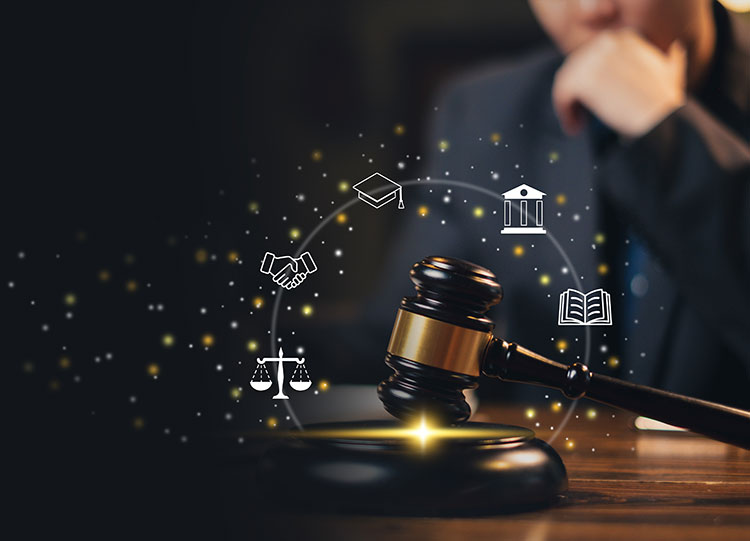How Visuals Transform Legal Strategy
How Visuals Transform Legal Strategy
Blog Article

As courtroom communication evolves, visuals have become central. Legal teams increasingly use illustration to explain events, scenes, and processes. Companies like LawFX are at the forefront of this visual legal revolution.
Understanding Courtroom Visuals
Unlike media sketches, these visuals aim to explain—not just depict—key scenes or events from a case. From car wrecks to faulty product usage, illustrations offer clarity for non-expert audiences. LawFX ensures each piece aligns with legal standards while enhancing testimony.
Visual Strategy by LawFX
Their illustrations are custom-built after consulting with lawyers, witnesses, and experts. Each image supports testimony and simplifies complex evidence.
Benefits of Visual Aids in Court
Jurors often retain images far better than spoken copyright. Visuals simplify the technical, making abstract or complex topics accessible to everyone. This improves juror retention and creates stronger emotional impact during website trial.
Courtroom Illustration and Legal Graphics—What’s the Difference?
Trial graphics often include text, timelines, or bullet-point summaries. Illustrations, by contrast, depict scenes or injuries to tell a visual story.
Practice Areas That Rely on Courtroom Visuals
Litigation consultants recommend illustrations to anchor complex arguments. The versatility of these visuals makes them valuable across all phases of litigation.
Where Trial Illustrations Make a Difference
Jurors can see what happened instead of just hearing it. Medical cases especially require diagrams of anatomy, procedures, or diagnostic errors.
From Concept to Courtroom: LawFX’s Workflow
Next, they collect evidence, photos, expert reports, and medical records. Drafts are created and reviewed with the legal team for accuracy. This collaborative method ensures that every visual is effective, precise, and courtroom-approved.
Improving Jury Comprehension with Art
Illustrations bridge the knowledge gap and reduce confusion. This translates into better-informed deliberations and stronger cases overall.
Standards for Courtroom Illustration
Every LawFX visual meets courtroom standards for fairness and accuracy. Avoiding exaggeration or misleading design ensures their work withstands scrutiny and contributes to trial success.
How Legal Art Supports Mediation and Arbitration
They show the strength of a case in ways that copyright cannot. LawFX illustrations make it easier for both sides to understand what’s at stake.
Common Questions About Legal Illustration
What visuals do you create? Courtroom illustrations, trial graphics, 3D models, and digital presentations.
Are they admissible? Yes—they meet evidentiary standards and are reviewed with experts.
What’s the difference between illustrations and trial graphics? Graphics show data; illustrations show events or scenes.
Where can they be used? In court, settlement, depositions, and mediation.
How long does it take? Simple visuals take days, complex ones may take 1–2 weeks.
Why Courtroom Illustrations Matter
Legal visuals improve communication, clarify arguments, and help jurors make better decisions. LawFX stands out by combining artistic talent with legal understanding.
Report this page